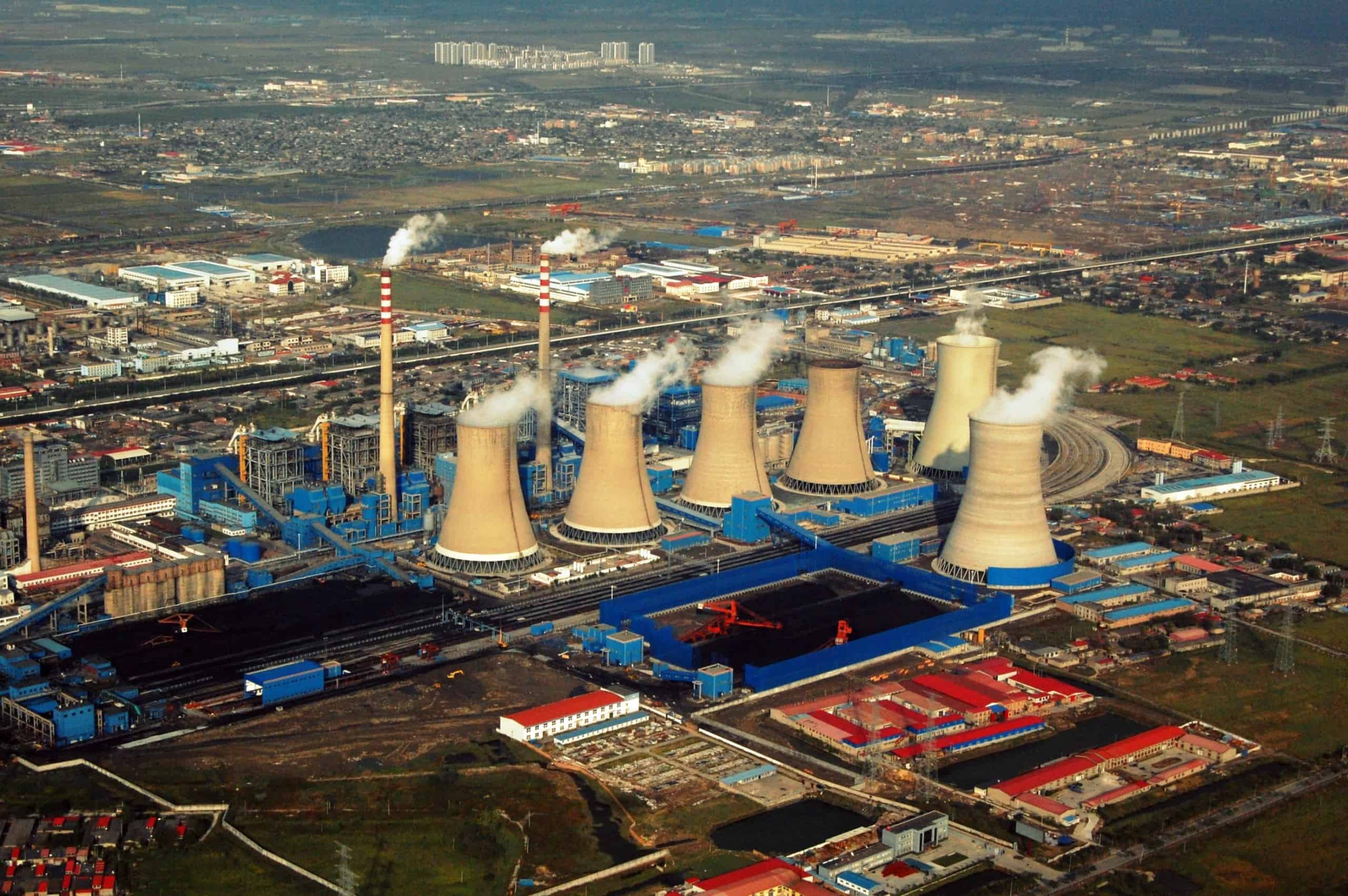BEIJING – China is having an eventful month, marked by proliferating power-supply disruptions and the debt crisis of the country’s second-largest property developer, Evergrande. What does this mean for China’s post-pandemic economic recovery and growth prospects?
Begin with the energy crisis, which started when a rapid increase in exports — driven by the global recovery — fueled a sharp increase in demand for electricity. China remains dependent on coal for 56.8 percent of its total
Subscribe or login to read the rest.
Subscribers get full access to:
- Exclusive longform investigative journalism, Q&As, news and analysis, and data on Chinese business elites and corporations. We publish China scoops you won't find anywhere else.
- A weekly curated reading list on China from Andrew Peaple.
- A daily roundup of China finance, business and economics headlines.
We offer discounts for groups, institutions and students. Go to our
Subscriptions page for details.
Includes images from Depositphotos.com


